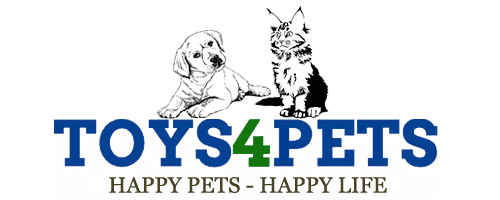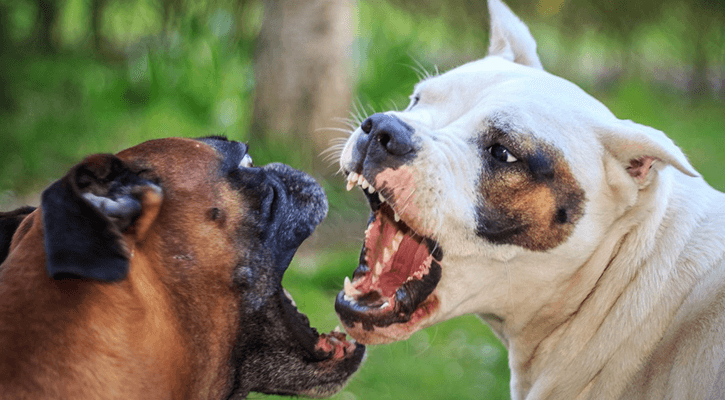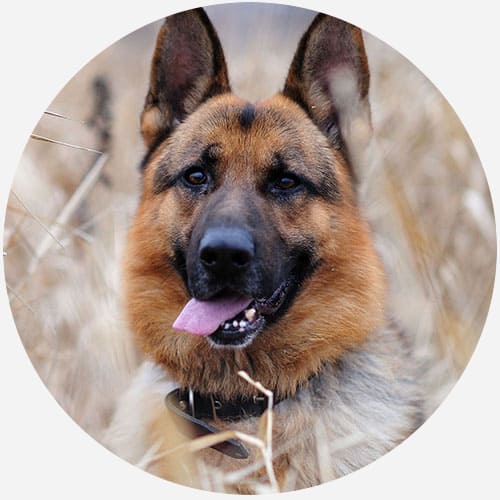Dealing with aggression in dogs can be a challenging and concerning issue for many pet owners. Whether it's a dog attacking another dog or aggressive behavior in puppies, understanding and addressing the underlying causes is crucial. In this article, we will explore effective strategies to stop aggressive dog behavior and provide guidance on correcting and managing aggression in dogs.
Aggression in dogs can manifest in various forms, such as growling, snarling, lunging, or biting. It can be directed towards other dogs, humans, or even objects. It's important to note that aggression is a complex behavior with multiple possible causes, including fear, territoriality, resource guarding, dominance, or lack of socialization. Identifying the specific triggers and underlying reasons for aggression is key to developing an appropriate plan of action.
One crucial step in dealing with aggression in dogs is seeking professional help from a qualified dog behaviorist or trainer. They can assess the situation, observe the dog's behavior, and provide expert guidance tailored to the specific needs of your dog. A professional can help create a behavior modification plan that focuses on positive reinforcement, desensitization, and counter-conditioning techniques.
When dealing with an aggressive dog, it's essential to prioritize safety for both the dog and those around them. Implementing management strategies like using a muzzle or a secure leash and harness can help prevent potential incidents while working on behavior modification. Avoiding triggering situations and gradually exposing the dog to controlled, positive experiences can also contribute to reducing aggression.
Proper socialization plays a crucial role in preventing and addressing aggression in puppies. Early and positive exposure to various environments, people, and animals can help them develop appropriate social skills and reduce the likelihood of aggression later in life. Puppy classes, controlled playdates, and supervised interactions with well-behaved dogs are essential components of a comprehensive socialization program.
Training is a fundamental aspect of managing aggression in dogs. Teaching basic obedience commands like "sit," "stay," and "leave it" can provide a solid foundation for better impulse control. Positive reinforcement techniques, such as rewarding good behavior with treats or praise, can help shape desired behaviors and build trust between you and your dog. Redirecting their attention and rewarding calm behavior can be particularly effective in managing aggression.
Addressing aggression in dogs also involves identifying and managing triggers. By understanding what situations or stimuli provoke aggressive responses, you can work on desensitizing the dog through controlled exposure and gradual behavioral modification. Implementing behavior management tools, like baby gates or barriers, can help create safe spaces and minimize the dog's exposure to triggering situations.
It's important to approach aggression in dogs with patience, consistency, and understanding. Each dog is unique, and the treatment approach may vary. It's essential to remember that aggression cannot be "cured" overnight, and consistent effort and ongoing training are necessary. With proper guidance, dedication, and a focus on positive reinforcement, it's possible to improve and manage aggressive dog behavior effectively.
If you're dealing with an aggressive dog, it's crucial to consult with a professional to develop a tailored plan for your specific situation. They can provide expert advice, evaluate the dog's behavior, and guide you through the necessary steps to address and manage aggression effectively.
In conclusion, aggression in dogs is a serious issue that requires careful attention and proactive measures. By seeking professional help, implementing behavior modification techniques, providing proper socialization and training, and addressing triggers, it's possible to mitigate aggressive behavior and promote a safe and harmonious relationship with your dog.




